As of the current date, the global medical device manufacturing industry continues to be a critical component of the healthcare sector, producing a wide range of devices such as diagnostic equipment, surgical instruments, medical implants, and more. What is medical device manufacturing indeed? Let's have a look!
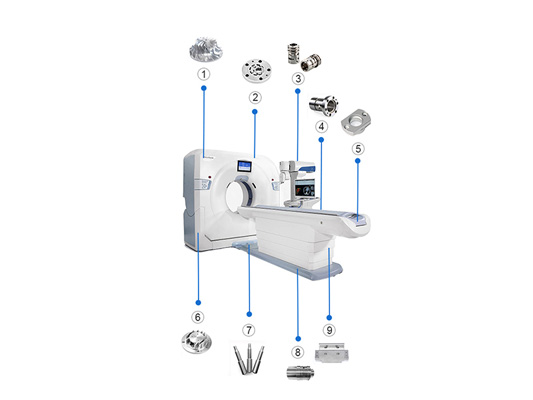
The design and development of medical devices is a multifaceted process that encompasses several key stages. It begins with conceptualization, identifying clinical needs and opportunities. Market research, regulatory considerations, medical prototyping, and rigorous testing follow, ensuring safety, efficacy, and user-friendliness. Clinical trials and validation are often crucial for advanced devices. Additionally, adherence to regulatory standards is paramount throughout the entire process. Collaboration among multidisciplinary teams - comprising engineers, clinicians, and regulatory experts - is vital for success. Furthermore, continuous innovation, user-centered design, and robust manufacturing processes are essential.
The dynamic nature of the medical device industry requires adaptability to technological advancements, demographic shifts, and evolving healthcare challenges. As a result, the design and development of medical devices demand a meticulous approach to address regulatory requirements, user needs, and market dynamics while striving for innovation and improvement.
When manufacturing medical device, manufacturers need to pay attention to risk prevention and control also. To avoid risk from occurring, the manufacturer should shoulder the responsibility to make full preparations for risks that may occur and build high-quality model controls based on all predictions. Ensure safety throughout the entire user process without error.
Everything varies as time goes by. During the consultation with doctors, the patient's body may undergo changes and some abnormal situation may occur. At this time, thorough risk assessment and control methods could play could be greatly helpful. It can help physical staff check and address invisible problems that are related to the device and then assist them in making correct decisions.
Besides, some complicated medical devices need more solutions to avoid risks. For example, by replacing traditional personnel with medical robots, under their assistance, doctors complete operations and disease diagnosis. Medical device manufacturers need to mitigate various risks ahead of time because of the devices’ particularity.
The medical device manufacturing procedure is full of collaboration and teamwork. To avoid risk as much as possible and also keep all parts of devices high quality as well as lower the production cost, the sophisticated and complex process normally involves various places and even various product brands for the production of various small components. And then the components are delivered to the same production line and assembled into the same device under strict supervision. All steps meet the high standards required in the medical device production industry.
Manufacturer takes more cost and time to produce medical devices under strict industry requirements. Thus, the manufacturing process and technology normally involve not only one production line. Hence, a single medical device that consumers could see in the market might be a result of a giant teamwork.
CNC machining is a manufacturing process, using computer numerical control machining to create precise parts and components. In this manufacturing process, the tools are controlled by computer programs and precise movements and cuts are realized by a series of pre-programmed instructions. So it's greatly suitable for producing precise components and parts that are essential for medical devices.
In the initial stages of developing a medical device, designers normally use techniques such as 3D printing or CNC machining to design and produce precise prototypes of complex parts. After the design is finalized, CNC machining takes part in manufacturing the components of the medical device. These components will finally make surgical tools and other medical devices. CNC machining medical devices play an essential role in our lives now. These precise highly professional medical devices are widely used in patient diagnostics, treatment, and healthcare.
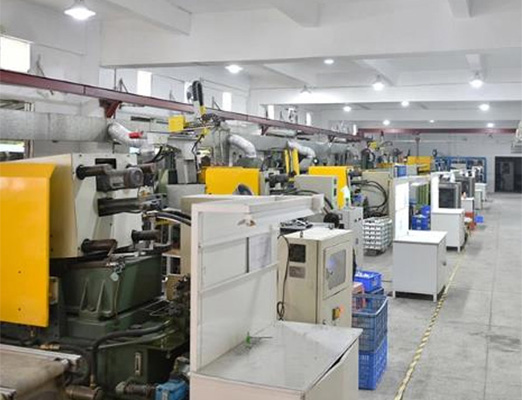
3D printing, also known as additive manufacturing, is innovating the way of manufacturing medical devices. By adding material layer by layer based on a digital 3D model, it creates three-dimensional objects. It assists manufacturers to finish complex and customized components quickly and precisely.
3D printing plays a crucial part in producing customized parts and devices based on patients' specific needs such as medical devices tailored to individual patient anatomy. This has highly influence in the orthopedics area. Besides, 3D printing enables the creation of highly complex geometries in a short time. By this method, manufacturers could optimize the performance of medical devices with less cost and materials.
A lot of materials are available for 3D printing, including metals, ceramics, and composite materials. These materials are suitable for use in medical devices and implants, meeting various patients' different requests.
In general, 3D printing has greatly improved medical device manufacturing by offering customization and efficiency without high cost and much time. It is widely used in various departments of medical specialties, including orthopedics, dentistry, cardiology, and prosthetics, and it continues to drive innovation in the development of medical devices.
Sheet metal fabrication is also commonly used in the medical device manufacturing process, particularly for producing components that require high precision, strength, and durability.
Select metal materials such as stainless steel, aluminum, titanium, and various alloys based on factors such as corrosion resistance, rust resistance and mechanical properties, through several methods such as shearing, laser cutting, or water jet cutting to make a sheet metal into a suitable size. And then through bending, the sheet metal will become the shape that the manufacturer needs. Let different sections of the sheet metal are joined together, manufacturers could get the final part that they want. These sheet metals have excellent durability, which could be used for producing enclosures and other tough components for medical equipment.
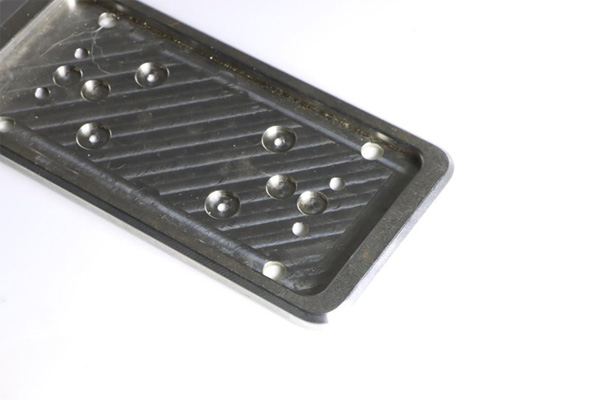
Injection molding is crucial in the production of medical devices due to its precision and efficiency. Material selection, cleanroom manufacturing, and validation procedures are essential parts of the process, ensuring compliance with stringent regulations. Materials such as medical-grade plastics, silicone, and thermoplastic elastomers are commonly utilized for their biocompatibility and sterilization compatibility. The meticulous design and fabrication of precision tooling, along with adherence to cleanroom standards, ensure the quality and safety of the manufactured medical device components, contributing to advancements in healthcare technology and patient care.
There are multiple material choices during medical device manufacturing. But to ensure devices’ high quality, stable functions, and safety, the manufacturer needs to compare again and again and finally select the best one. Here are some materials options that are mostly used.
Metal is a kind of material distinguished by its high electrical and thermal conductivity, ductility, and luster. It has good strength and toughness so it's widely used in the manufacturing of medical devices. Here are some examples:
Titanium is a lightweight and strong metal with excellent biocompatibility. It's mostly made into implants and prosthetics and is commonly used in orthopedic implants and dental devices.
Gold is biocompatible and resistant to corrosion. It's so suitable to be used in dental situations like dental restorations and dental implants.
Platinum is often used in medical devices such as catheters, pacemakers, and neurological electrodes.
Biodegradable Polymers are something that could be degraded and broken down into simpler molecules under natural environmental conditions. They degrade naturally as time goes by, and finally convert into harmless substances such as water, carbon dioxide, and biomass. It's an environmentally-friendly material.
Polylactic Acid (PLA), Polyglycolic Acid (PGA), and Polycaprolactone (PCL) are all the Biodegradable Polymers. They are normally used in absorbable sutures, drug delivery systems, etc.
Polymers can be found in various natural and synthetic forms and are used in many medical occasions because of their durability and ease of processing. It includes silicone, polyethylene, Polyethylene terephthalate, polycarbonate, and so on.
Silicone is biocompatible and flexible, and it is normally used in medical tubing, prosthetics, and various medical devices.
Polyethylene is a kind of lightweight, tear-resistant polymer. It's widely used in orthopedic implants, medical packaging, medical tubing, and syringes for its ease of processing and biocompatibility.
Polyethylene terephthalate is a thermoplastic polymer. It is used in medical device packaging, containers, and implants because of its strength, durability, and sterilizability.
Polycarbonate is a transparent thermoplastic polymer and it is often used in medical devices such as medical instrument housings, blood oxygenators, and surgical instruments where transparency and durability are necessary.
Ceramics is an inorganic, non-metallic material. Ceramics has lots of properties, including high hardness, strength, and electrical insulation, making it a valuable material in manufacturing medical devices.
Alumina and Zirconia are well-known ceramic materials, offering high strength, tear resistance, and biocompatibility. These materials are commonly used in orthopedic implants, dental restorations, and surgical tools.
Tricalcium phosphate is a biocompatible ceramic material. It is usually used in bone graft substitutes and other occasions. It provides a scaffold for new bone formation and can be gradually resorbed and replaced by natural bone tissue over time.
Above are some materials usually used in manufacturing medical devices. Besides them, there are other materials like composite materials. Carbon Fiber Reinforced Polymers (CFRP) is one of the composite materials and it is normally used in orthopedic implants and prosthetics. In addition, the medical device development process keeps progressing, continuously finding materials that are available and useful for making medical devices.
There are all kinds of corresponding requirements, principles, and standards in different industries. Since medical devices are highly related to lives, the whole manufacturing process needs to meet various strict standards covering aspects such as model design, available materials, manufacturing process, packaging, and so on. Here are some essential standards used in medical device manufacturing:
FDA Regulations (U.S.)
In the United States, the Food and Drug Administration (FDA) regulates medical devices through the Quality System Regulation (QSR), which outlines Good Manufacturing Practices (GMP) for medical devices. The FDA also requires premarket notification (510(k)) or premarket approval (PMA) for new medical devices to demonstrate their safety and effectiveness.
European Union Medical Device Regulation (EU MDR)
The EU MDR sets forth regulations for medical devices in the European Union, focusing on increased scrutiny of clinical evidence, post-market surveillance, and stricter requirements for notified bodies. It aims to enhance transparency and traceability throughout the supply chain and improve patient safety.
ISO 13485
ISO 13485 is an international standard that specifies requirements specific to the medical devices industry. It can ensure that the medical devices manufacturing process complies with regulatory requirements, ensuring the safety, quality, and functions of medical devices throughout their lifecycle including designing, manufacturing, distributing, and so on.
Above are a few examples only. Other standards that are being used in this medical industry now often include ISO 10993 for materials biocompatibility evaluation, ISO 60601 for medical electrical devices, and ISO 11607 for packaging medical devices. But generally speaking, all these medical standards play a vital role in medical device manufacturing, enabling safer and better medical devices to be used.
Do you learn more about Medical Device Manufacturing now?
This is a strict and complex industry, and it requires high standards for manufacturers. And Richconn is an outstanding representative among these manufacturers, keeping producing high-quality and highly safe medical devices.
Richconn has excellent technology and services such as 3D printing, CNC machining, and sheet metal service. Richconn manufactures items precisely based on specific requests and strives to be your most reliable partner. Let's contact Richconn for professional suggestions now!
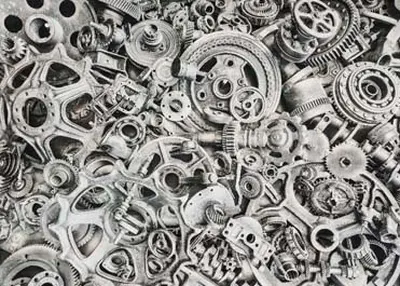 In-Depth Overview: What Are Non-Ferrous Metals?August 7, 2023Metals may be found everywhere and are used for a variety of purposes. There are two different types of metals, ferrous and non-ferrous—based on how much iron they contain. Non-ferrous metals are a c...view
In-Depth Overview: What Are Non-Ferrous Metals?August 7, 2023Metals may be found everywhere and are used for a variety of purposes. There are two different types of metals, ferrous and non-ferrous—based on how much iron they contain. Non-ferrous metals are a c...view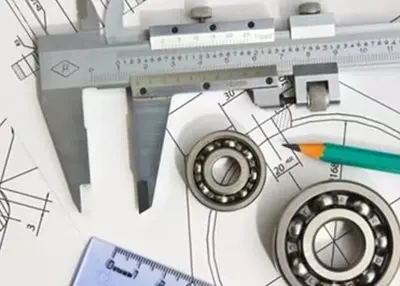 The Basics of Engineering Drawing and Tips for NewcomersApril 7, 2024The article gives some useful tips on how to make engineering drawings easily to help you better communicate your ideas clearly.view
The Basics of Engineering Drawing and Tips for NewcomersApril 7, 2024The article gives some useful tips on how to make engineering drawings easily to help you better communicate your ideas clearly.view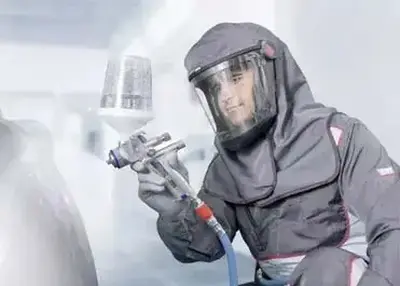 Powder Coating 101: What Is Powder Coating?August 14, 2023When seeking effective and durable finishing solutions for metal components, one term often comes up: "powder coating". The world of powder coating is full of mysteries. Whether you're c...view
Powder Coating 101: What Is Powder Coating?August 14, 2023When seeking effective and durable finishing solutions for metal components, one term often comes up: "powder coating". The world of powder coating is full of mysteries. Whether you're c...view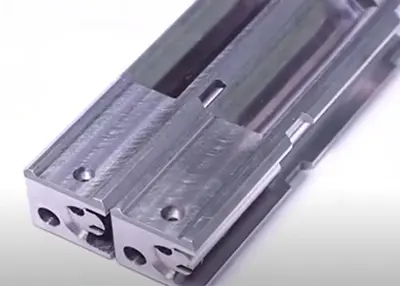 Nine Methods Of Metal Surface Treatment ProcessJune 21, 2022Metal surface treatmentIn order to improve the appearance, texture, function and other properties of metal surface treatment products, it is usually necessary to treat the metal surface. The so-called...view
Nine Methods Of Metal Surface Treatment ProcessJune 21, 2022Metal surface treatmentIn order to improve the appearance, texture, function and other properties of metal surface treatment products, it is usually necessary to treat the metal surface. The so-called...view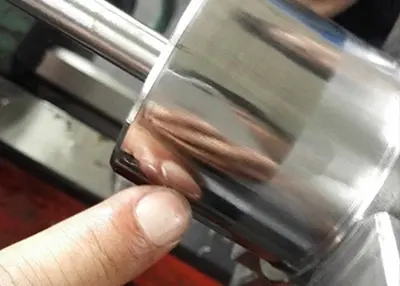 What are the commonly used surface finishing?September 27, 2023Surface finishing is to clean, sweep, deburr, de-grease, de-oxidize, etc., the surface of the workpiece, which is used to meet the corrosion resistance, abrasion resistance, decorative or other special functional requirements of the product.view
What are the commonly used surface finishing?September 27, 2023Surface finishing is to clean, sweep, deburr, de-grease, de-oxidize, etc., the surface of the workpiece, which is used to meet the corrosion resistance, abrasion resistance, decorative or other special functional requirements of the product.view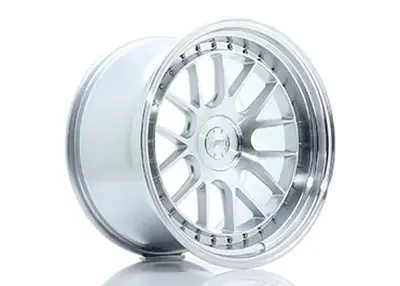 CNC Machining and Machined Wheels: Elevating Automotive ExcellenceNovember 7, 2023Are you ready to delve into the intricate world of CNC machining and its remarkable connection with machined wheels? As an automotive enthusiast and CNC machining professional, I'm thrilled to guide you through this comprehensive exploration of the dynamic interplay between precision engineering and high-performance wheels. Let's roll!view
CNC Machining and Machined Wheels: Elevating Automotive ExcellenceNovember 7, 2023Are you ready to delve into the intricate world of CNC machining and its remarkable connection with machined wheels? As an automotive enthusiast and CNC machining professional, I'm thrilled to guide you through this comprehensive exploration of the dynamic interplay between precision engineering and high-performance wheels. Let's roll!view